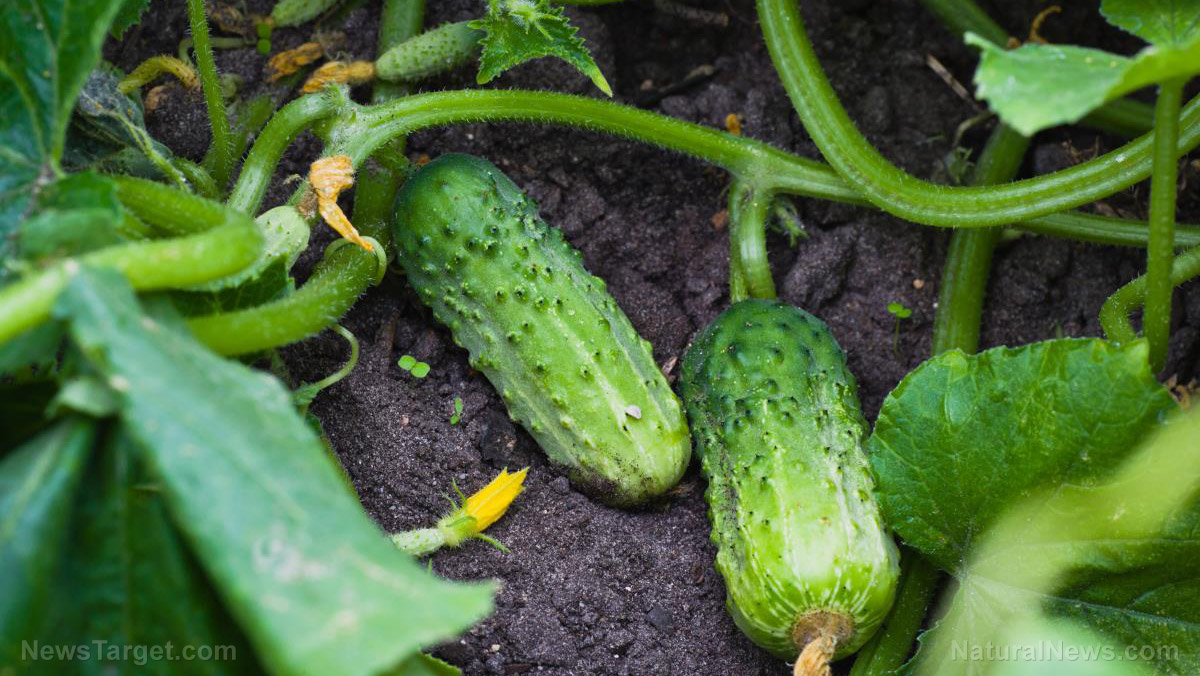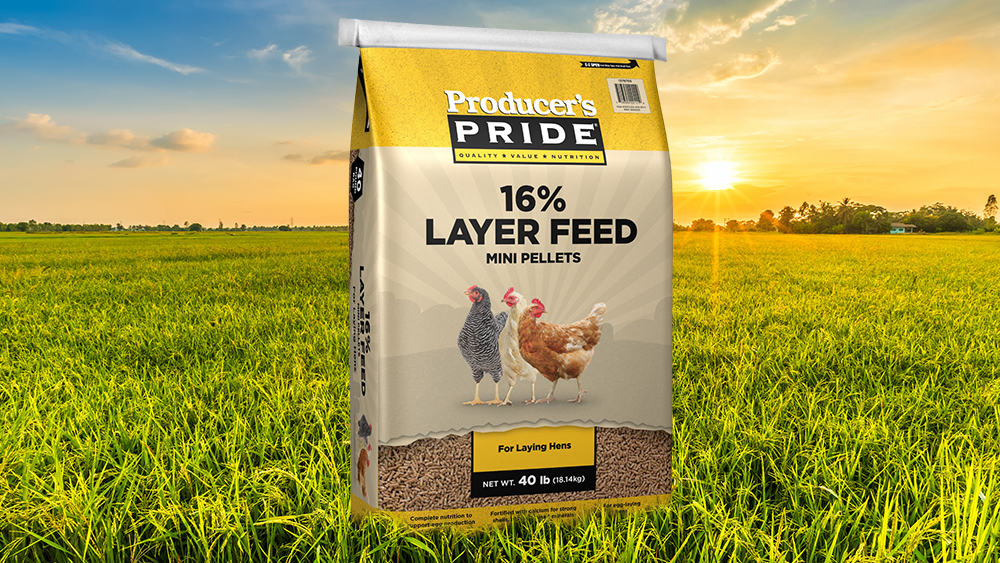
Basic tips for extending your growing season
Factors like your garden layout and the weather patterns in your area will affect which season extenders work best for you, but these basic tips apply no matter your location.
- Monitor the availability of natural sunlight. Some gardeners live in an area with lots of sunny days while others deal with more cloudy days.
- Reduce wind exposure. Strong winds can destroy seedlings. If you're using methods like hoop houses, use sturdy ones. Alternatives include wind blocks, like fences, which will protect garden plants in the late fall and early spring.
- Keep garden soil warm. If you have raised beds, your garden soil will stay warmer longer. If you're using other methods, soil temps might get cold faster and this might stop garden plants from growing even if you try the other garden extending tips in this list. Use mulch or garden fabric to keep soil temps warmer for longer into the season. (Related: Home gardening tips: For how long can you store vegetable seeds?)
- Protect plants from frost. Understanding microclimates will help you determine when you get frost. Check your area's vulnerability to frost and monitor frost warnings. Use blankets, cardboard, or old sheets to quickly cover crops in cold weather.
Other options that will maximize your garden growing season
These methods require some creativity or some new tools, so consider them if you have the time and budget for additional gardening projects.
Cloches
Cloches are an old-fashioned garden extension technique. These bell-shaped glass domes function like tiny greenhouses for one plant.
You can repurpose different materials to make modern cloches, like recycled milk jugs, or large vinegar bottles. Use anything that will fit over the top of plants without bending them. Alternatively, you can buy garden cloches at the nearest hardware or gardening store.
Garden cloches are similar to cold frames and the former uses sunlight to warm the soil and protect the plants from frost. But like cold frames, heat also builds up quickly in cloches so you need to keep them well-ventilated.
Cloches have several disadvantages. If you use flimsy plastic jugs, they won't work as well in strong winds. They're also time-consuming if you have a large garden.
Consider using cloches if you're looking for a method that suits tender perennial herbs such as rosemary. Cloches are also perfect if you're growing only a handful of plants in the winter or if your location isn't particularly windy.
DIY cloches made with milk jugs and vinegar bottles are effective since you can take the lid off to let the hot air escape on sunny days.
Cold frames
A cold frame is a bottomless rectangular box that's placed on top of plants to prevent frost damage. Use multiple cold frames to protect small batches of crops, like lettuce, spinach, or other leafy greens, throughout the winter.
Use the following materials for DIY cold frames:
- Bricks
- Cinder blocks
- Fiberglass
- Glass (e.g., recycled old windows)
- Pallets
- Plastic
- Plexiglass
- Polycarbonate panels
- Repurposed skylights
- Roof shingles
- Straw bales
- Wood
Cold frames can be as simple or as elaborate as you want. If you're making one for your garden, make sure the cold frame can be tilted to face the south so it can use the warmth from sunlight.
Place the cold frame around plants you want to protect, but keep it closed at night and on cold days. You also need to keep plants ventilated on colder days, so open cold frames slightly for several hours every day.
Open the cold frame on very warm days so it doesn't turn into a sauna that will kill your plants.
Like cloches, cold frames aren't a good option if you want to extend the growing season for an acre of land. Cold frames use the sun to warm up the soil, and they won't be as effective if your area has too many cloudy days in the winter.
Use cold frames in the early spring to jumpstart your garden and harden off seedlings. Using a cold frame for one week will help seedlings transition from life under a sterile indoor environment, under fluorescent bulbs, to outdoor in your garden with full sun and cold nights.
Hoop houses
You make can hoop houses using affordable materials like chicken wire, fencing wire, plastic covering, PVC pipes, or even saplings. Hoop houses bend in a series of hoops around your garden and the hoops are covered with flexible materials.
Hoop houses help protect plants from frost and they can extend your growing season by at least six to eight weeks. On warm days, hoop houses need to be ventilated by lifting either the ends or using specific openings in the covering.
If you have the budget, get taller hoop houses to significantly extend your gardening season. These mini greenhouses will help protect taller crops like tomatoes.
Unlike regular greenhouses, mini-greenhouses are portable and you can easily remove them in the summer. Mini greenhouses are also easier on your back and you don't have to constantly lift sheets off of your veggies.
Gardeners who don't have the budget or space for a full-sized greenhouse can make do with hoop houses, which are one of the best ways to extend your garden season. You can also customize the size and material you use to suit your gardening needs.
Consider the layout and size of your garden when choosing methods to best extend your garden growing season. Use hoop houses for large plots and cloches or cold frames for smaller home gardens.
Sources include:
Please contact us for more information.























